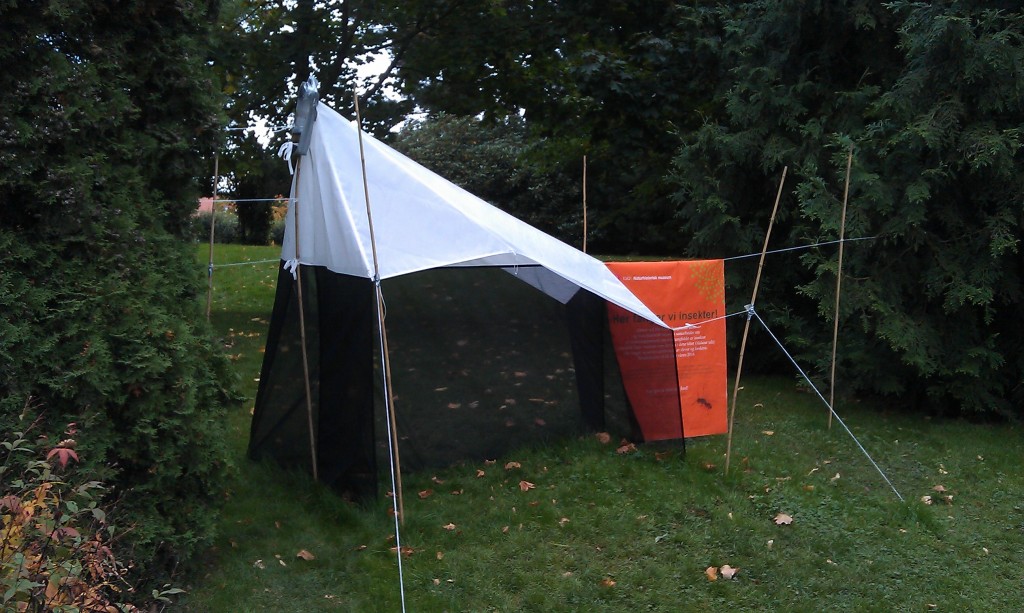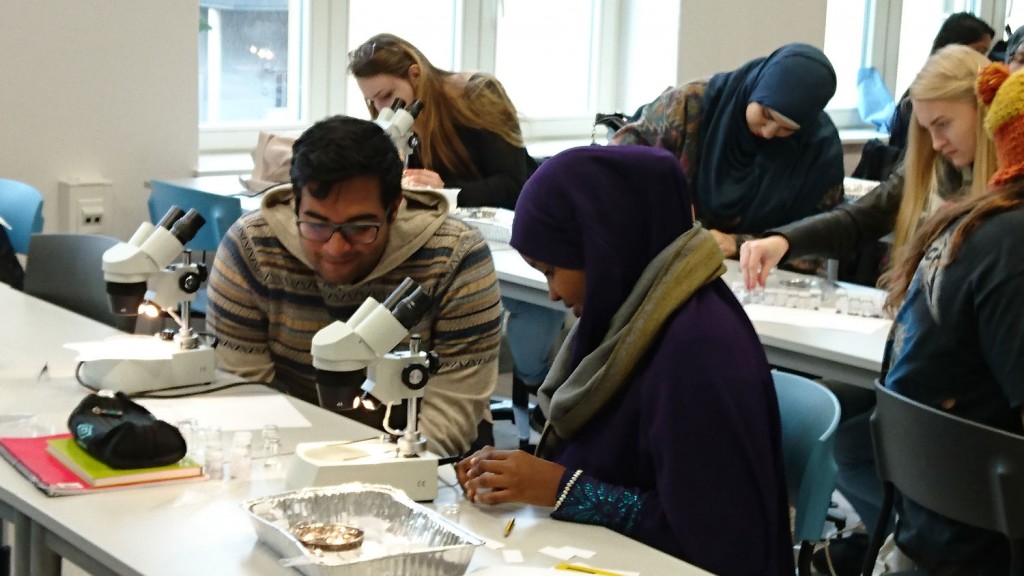New midge species named after Paul Hebert
In an article recently published in the journal Insect Systematics and Evolution, Xiaolong Lin describes eight species of non-biting midges new to science.
“It is particularly rewarding to find and describe new species from a well investigated area such as Norway” says Lin, “but also exciting to find new species from my home country China”.
Non-biting midges, or chironomids, are small insects, and a compound microscope must be used to see the subtle differences between closely related species. However, they are easily separated by DNA barcodes.
“Because several of the new species first were detected using DNA barcoding, it was a natural thing to name one of them after the father of DNA barcoding Paul Hebert”, Lin explains. “The fact that this species is found in Arctic Canada, an area where Hebert have worked intensively, was particularly nice”, he says.
Tanytarsus heberti, the small midge of 2,5 mm from Churchill and Wapusk National Park in Manitoba, can be separated from its closest relatives by its lighter body colour, small details in the male genitalia and a characteristic DNA barcode.
Co-authors and supervisors Elisabeth Stur and Torbjørn Ekrem at the NTNU University Museum elaborates:
“Xiaolong has done a very thorough and good investigation of this group of non-biting midges. Not only does he describe new species in his thesis, but he analyse their evolutionary relationship and geographical distribution. This is a great contribution to our knowledge of a species rich and important group of insects”.
 Dr. Xiaolong Lin post defence of his PhD-thesis at NTNU. Photo: Torbjørn Ekrem CC-BY.
Dr. Xiaolong Lin post defence of his PhD-thesis at NTNU. Photo: Torbjørn Ekrem CC-BY.

 English
English  Norwegian Bokmål
Norwegian Bokmål 
